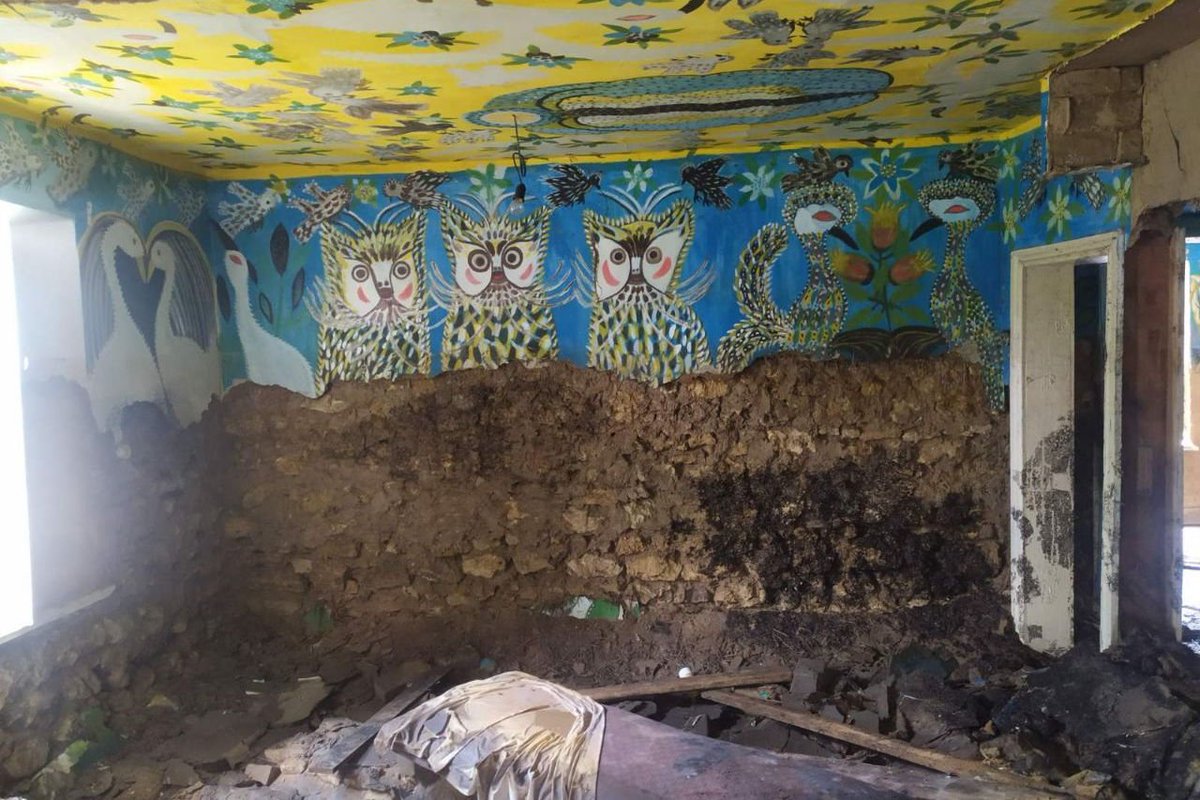Today in 1929, Ukrainian artist of Jewish descent Olha Rapai-Markish was born. Her works are colorful, bright, and from fairy tales. Perhaps these images became a way to escape from a cruel world where there was war, repressions, and the Gulag —a thread about her life🧵




She was born in Kharkiv in the family of writer Perets Markish and translator Zinaida Joffe. Her father wrote in Yiddish, for which he was arrested in 1949 as a Jewish "nationalist" and shot in 1952. Her stepfather was also shot, but ironically, as a 🇺🇦 "nationalist". 

Her mother was arrested. And Olha herself in 1953 was sent first to Siberia, as the daughter of "enemies of the state", and then to Kazakhstan. Only two years later, she was released. After returning from exile, she returned to her interrupted studies at the sculpture faculty








After graduation, she works at the Kyiv Experimental Ceramic Art Factory. It was a fairly typical place of work for female artists in Soviet times. They were not given large government orders, but it was possible to experiment at the factory.








The works of Rapai-Markish were replicated by the Baranivskyi, Korostenskyi, Horodnytskyi porcelain factories and the Polonsk artistic ceramics factory.
Despite the exile and family history, Rapai-Markish was part of the dissident movement.


Despite the exile and family history, Rapai-Markish was part of the dissident movement.


She created ceramic panels on the facade of the House of National Creative Collectives of Ukraine at 50 Taras Shevchenko Boulevard in Kyiv. In the bright patterns, you can recognize Petrykiv paintings, animals, and birds by Prymachenko, Ukrainian traditions, like weddings.




• • •
Missing some Tweet in this thread? You can try to
force a refresh




































